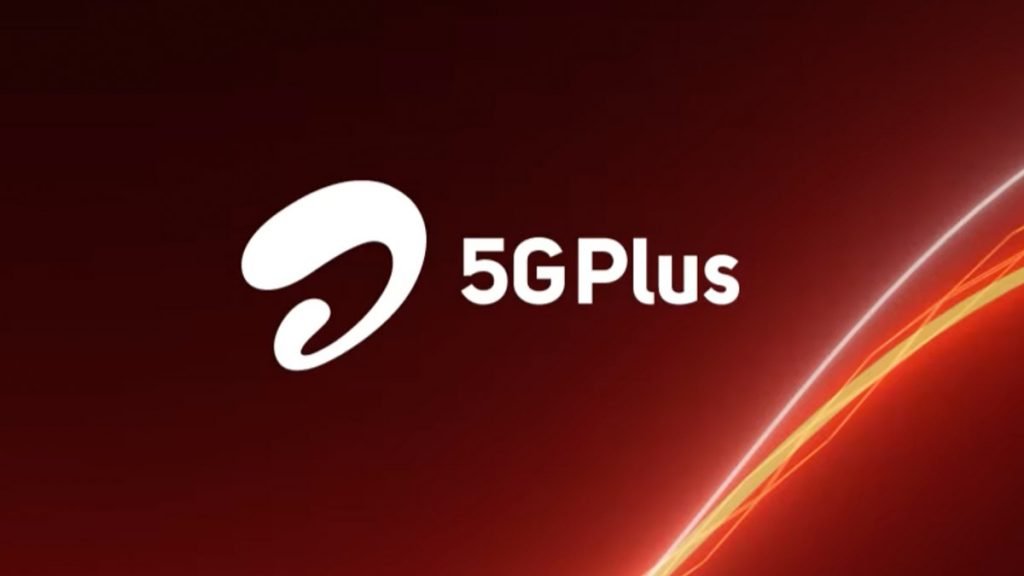Bharti Airtel is set to incur significant capital expenditures in the next few years for the rollout of 5G. Having already spent Rs 1,115 bn on 4G technology between FY17-22, Bharti Airtel is expected to allocate Rs 454 bn towards 5G and other related capital expenditures over FY23-25E, as projected by ICICI Securities.
New Delhi, February 27, 2023 – Bharti Airtel, one of India’s leading telecom companies, is expected to spend a whopping Rs 454 billion on 5G technology over the next three years, according to a recent report by ICICI Securities.
The report suggests that Bharti Airtel will allocate the funds towards acquiring 5G spectrum, building the necessary infrastructure, and conducting trials for the next-generation technology. This investment is expected to enhance Bharti Airtel’s competitiveness in the rapidly-evolving telecom sector.
The report also highlights that Bharti Airtel is likely to have a head start in the 5G race as it has already conducted several trials and has invested heavily in 4G technology. The company has been testing 5G in various parts of the country and has achieved speeds of up to 1 Gbps in certain areas.
ICICI Securities expects Bharti Airtel’s 5G rollout to initially focus on major cities before expanding to smaller towns and rural areas. The telecom giant is also expected to offer a wide range of 5G-enabled services, including high-speed internet, virtual reality, augmented reality, and gaming.
Commenting on the report, a Bharti Airtel spokesperson said, “We remain committed to delivering the best possible network experience to our customers. Our investment in 5G technology is a reflection of that commitment. We are confident that 5G will revolutionize the telecom industry and create new opportunities for growth and innovation.”
The Indian telecom sector has been witnessing intense competition in recent years, with the entry of new players and the emergence of new technologies. Bharti Airtel’s investment in 5G technology is expected to help the company maintain its position as a market leader and enhance its market share in the coming years.
The report by ICICI Securities also suggests that other telecom companies in India, including Reliance Jio and Vodafone Idea, are likely to invest heavily in 5G technology in the coming years. The rollout of 5G is expected to transform the telecom industry, offering faster speeds, lower latency, and greater capacity, thereby enabling new use cases and applications.
Follow TelecomByte for the latest Tech News, also keep up with us on Twitter, and Facebook.
